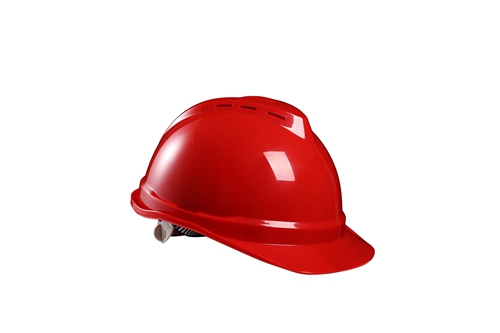Essential Guide to ANSI Z89.1 Safety Helmets for Maximum Protection
Understanding the Best ANSI Z89.1 Safety Helmets A Comprehensive Guide
Safety helmets are an essential part of personal protective equipment (PPE) in various industries, particularly in construction, manufacturing, and maintenance. The American National Standards Institute (ANSI) has established rigorous standards for head protection, known as ANSI Z89.1. Understanding the importance of this standard and how to choose the best ANSI Z89.1 safety helmet is vital for ensuring worker safety on the job.
The Importance of ANSI Z89.1
ANSI Z89.1 is a standard developed to evaluate the performance of safety helmets in terms of impact resistance, electrical insulation, and other critical safety features. Established in 1966, the standard has undergone several revisions to incorporate advances in technology and changes in workplace safety requirements. Helmets that meet this standard are tested for their ability to protect against impacts from falling objects, which is a significant hazard in many working environments. By providing adequate protection, ANSI Z89.1 helmets help reduce the risk of serious head injuries, which can lead to long-term disability or even fatalities.
Types of ANSI Z89.1 Helmets
Safety helmets certified under ANSI Z89
.1 are classified into two primary types based on their design and intended use1. Type I Helmets These helmets are designed to protect against impacts to the top of the head. Typically used in construction and general industry applications, Type I helmets are the most common choice for workers who are exposed to overhead hazards.
2. Type II Helmets These helmets offer protection from impacts to both the top and sides of the head. They are especially useful in environments where workers may be subjected to lateral forces, such as in some industrial and outdoor settings.
best ansi z89 1 safety helmet

Additionally, helmets are rated for different electrical performance levels, which is crucial for workers in electrical maintenance.
Key Features to Consider
When selecting the best ANSI Z89.1 safety helmet for your needs, consider the following features
- Material Safety helmets are typically made from high-density polyethylene (HDPE) or polycarbonate, both of which provide excellent impact resistance and durability. - Fit and Comfort A proper fit is crucial for maximizing protection. Look for helmets that come with adjustable suspension systems to ensure a snug fit. Comfort features like padded sweatbands and a lightweight design can enhance wearability for long shifts.
- Visor and Accessories Many safety helmets can accommodate face shields, visors, and ear protection attachments. Consider your specific job tasks to determine if additional accessories are necessary.
- Ventilation In hot environments, helmets with ventilation holes can help maintain coolness and comfort, reducing heat stress for workers.
Conclusion
The ANSI Z89.1 standard plays a crucial role in ensuring worker safety through the use of high-quality safety helmets. Understanding the various types of helmets, their features, and selecting the right one for your specific work environment can significantly minimize the risk of head injuries. Investing in the best ANSI Z89.1 safety helmet not only complies with workplace regulations but also demonstrates a commitment to protecting the wellbeing of employees. Always remember that safety is paramount, and the right gear is the first step in creating a safe working environment.
-
Wholesale Safety Helmets - Cheap OEM Supplier China Manufacturer
NewsMay.30,2025
-
Top Safety Helmet Manufacturers in Japan - Durable & Certified
NewsMay.30,2025
-
Affordable 3M Safety Helmets in Pakistan Bulk Pricing & Factory Deals
NewsMay.30,2025
-
Affordable HDPE & EN397 Hard Hats - Safety Certified, Bulk Deals
NewsMay.29,2025
-
FDA-Compliant Food Safety Clothing Suppliers Health Dept Approved
NewsMay.29,2025
-
adidas safety clothing
NewsMar.07,2025
